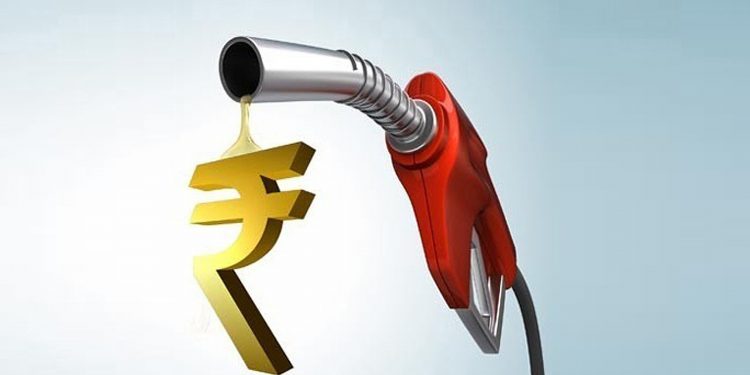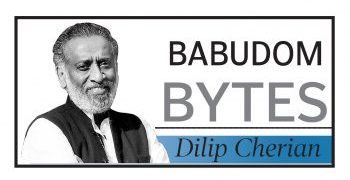New Delhi: International oil prices surged close to $100 a barrel Tuesday after Russian President Vladimir Putin sent troops into Ukraine, but petrol and diesel prices in India continue to be on freeze and are expected to rise once assembly elections in states like Uttar Pradesh end.
Amid fears of supplies being disrupted because of Russian aggression, the price of futures contract for Brent crude oil with April delivery on London’s ICE rose by 4.18 per cent to USD 99.38 per barrel Tuesday morning, before paring some gains to settle just above USD 98.
The last time Brent exceeded USD 99 per barrel was in September 2014.
Russia makes up for a third of Europe’s natural gas and about 10 per cent of global oil production. About a third of Russian gas supplies to Europe usually travel through pipelines crossing Ukraine.
But for India, Russian supplies account for a very small percentage. While India imported 43,400 barrels per day of oil from Russia in 2021 (about 1 per cent of overall its imports), coal imports from Russia at 1.8 million tonnes in 2021 made up for 1.3 per cent of all coal imports. India buys 2.5 million tonnes of LNG a year from Gazprom of Russia.
While supplies at the moment seem to be of little worry for India, it is the prices that are a cause of concern.
Domestic fuel prices – which are directly linked to international oil prices – have not been revised for a record 110 days in a row.
Rates are supposed to be revised on a daily basis but state-owned fuel retailers IOC, BPCL and HPCL froze rates on sooner did electioneering to elect a new government in Uttar Pradesh, Punjab and three other states started.
Retail pump rates are aligned to a price of USD 82-83 per barrel and they would certainly go up once elections end next month, industry officials said.
Petrol costs Rs 95.41 a litre in Delhi and diesel is priced at Rs 86.67. This price is after accounting for the excise duty cut and a reduction in the VAT rate by the state government.
Prior to these tax reductions, petrol price had touched an all-time high of Rs 110.04 a litre and diesel came for Rs 98.42. These rates corresponded to Brent soaring to a peak of USD 86.40 per barrel on October 26, 2021. Brent was USD 82.74 on November 5, 2021, before it started to fall and touched USD 68.87 a barrel in December.
Prices, however, started to rise thereafter and have risen by 12 per cent in February alone, they said.
Petrol and diesel prices have been in the past frozen before crucial elections.
There was a 19-day price freeze on petrol and diesel ahead of Karnataka polls in May 2018, despite international fuel prices going up by nearly USD 5 per barrel. However, no sooner were the elections over, oil companies rapidly passed on to customers the desired increase — over 16-straight days post-May 14, 2018. Petrol price climbed by Rs 3.8 per litre and diesel by Rs 3.38 per litre after the hike.
Similarly, they had stopped revising fuel prices for almost 14 days ahead of the assembly elections in Gujarat in December 2017.
These companies had also imposed a freeze on petrol and diesel prices between January 16, 2017, and April 1, 2017, when assembly elections in five states — Punjab, Goa, Uttarakhand, Uttar Pradesh and Manipur — were held.
During the 2019 general elections, they moderated the revision by not passing on all of the desired increase in rates to consumers, industry sources said. The rates began to rise a day after the final phase of polling for the Lok Sabha elections ended.
The current 110-day hiatus is the longest since daily fuel price revision was adopted in June 2017. Prior to this, there was an 82-day hiatus in rate revision between March 17, 2020, and June 6, 2020.
The 82-day hiatus in rate revision in 2020 followed the government raising excise duty on petrol and diesel by Rs 3 per litre each to mop up gains arising from falling international rates. The government on May 6, 2020, again raised excise duties by Rs 10 per litre on petrol and Rs 13 per litre on diesel.
PTI







































